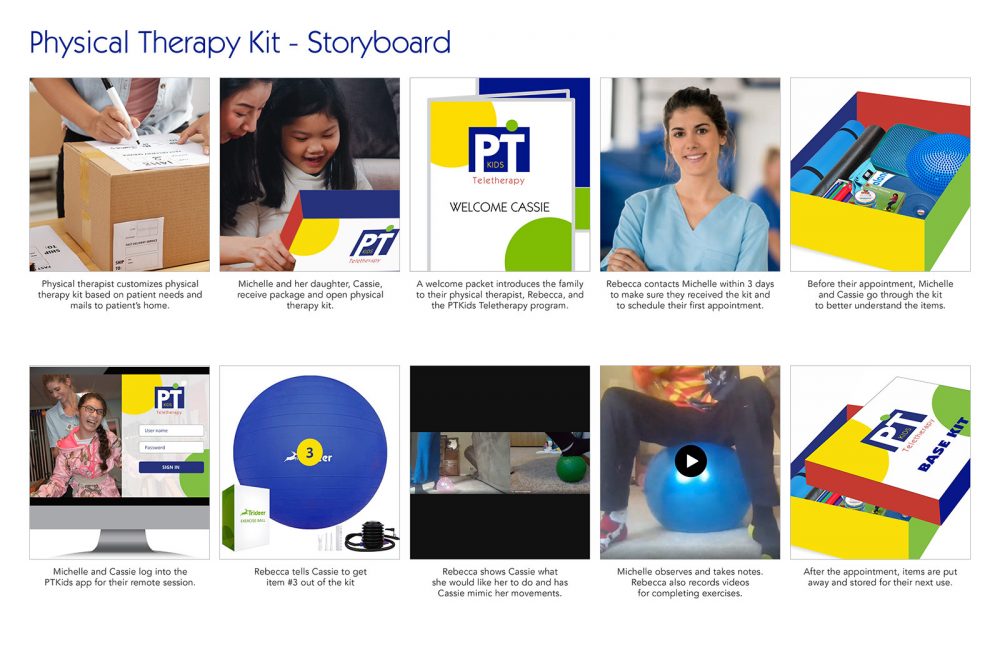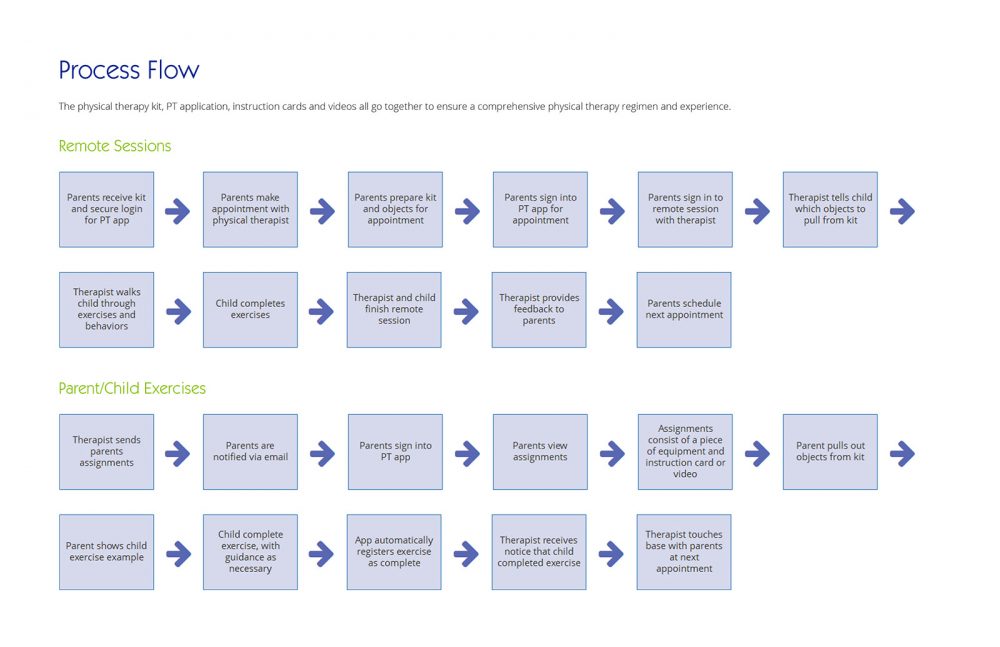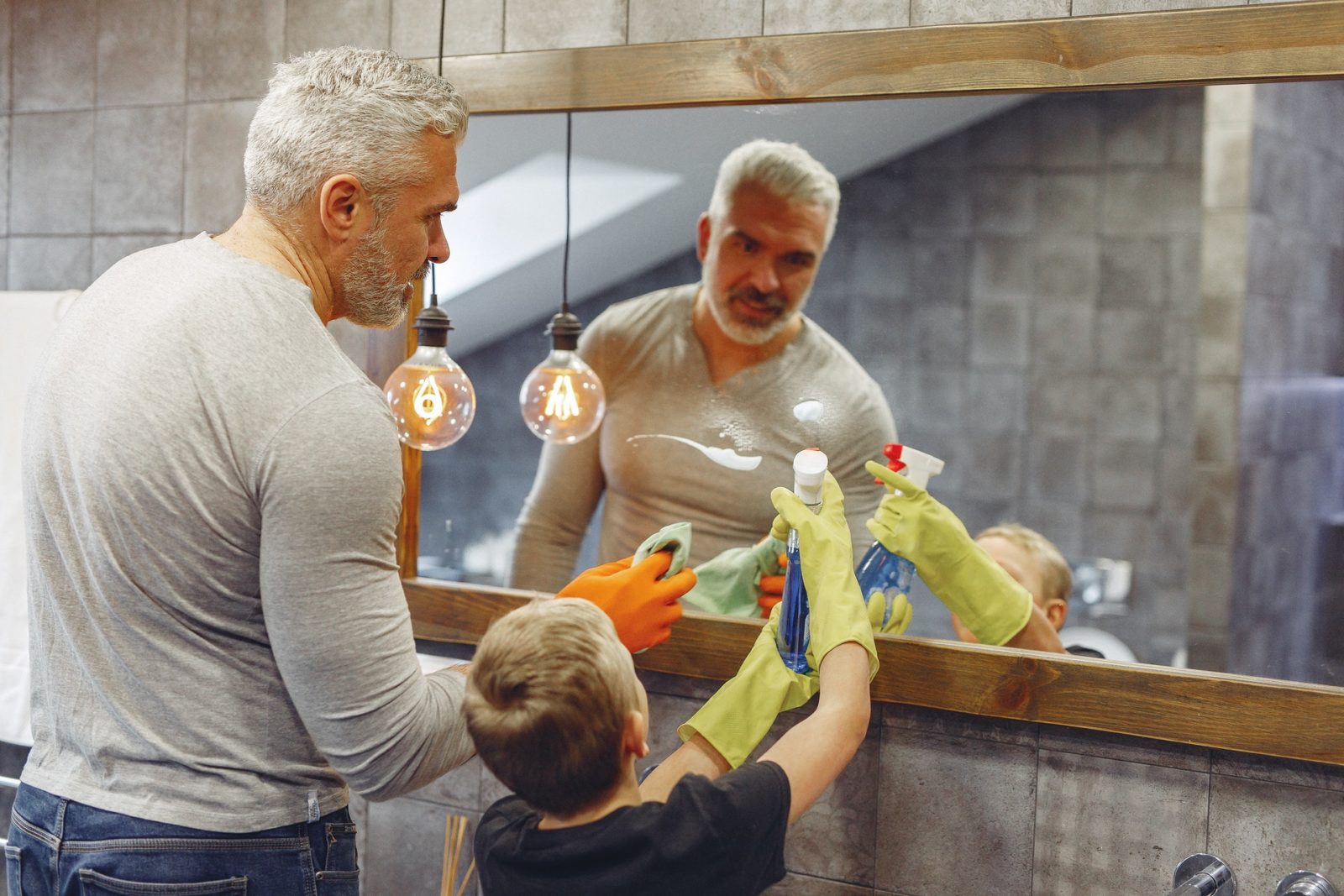PTKids Teletherapy
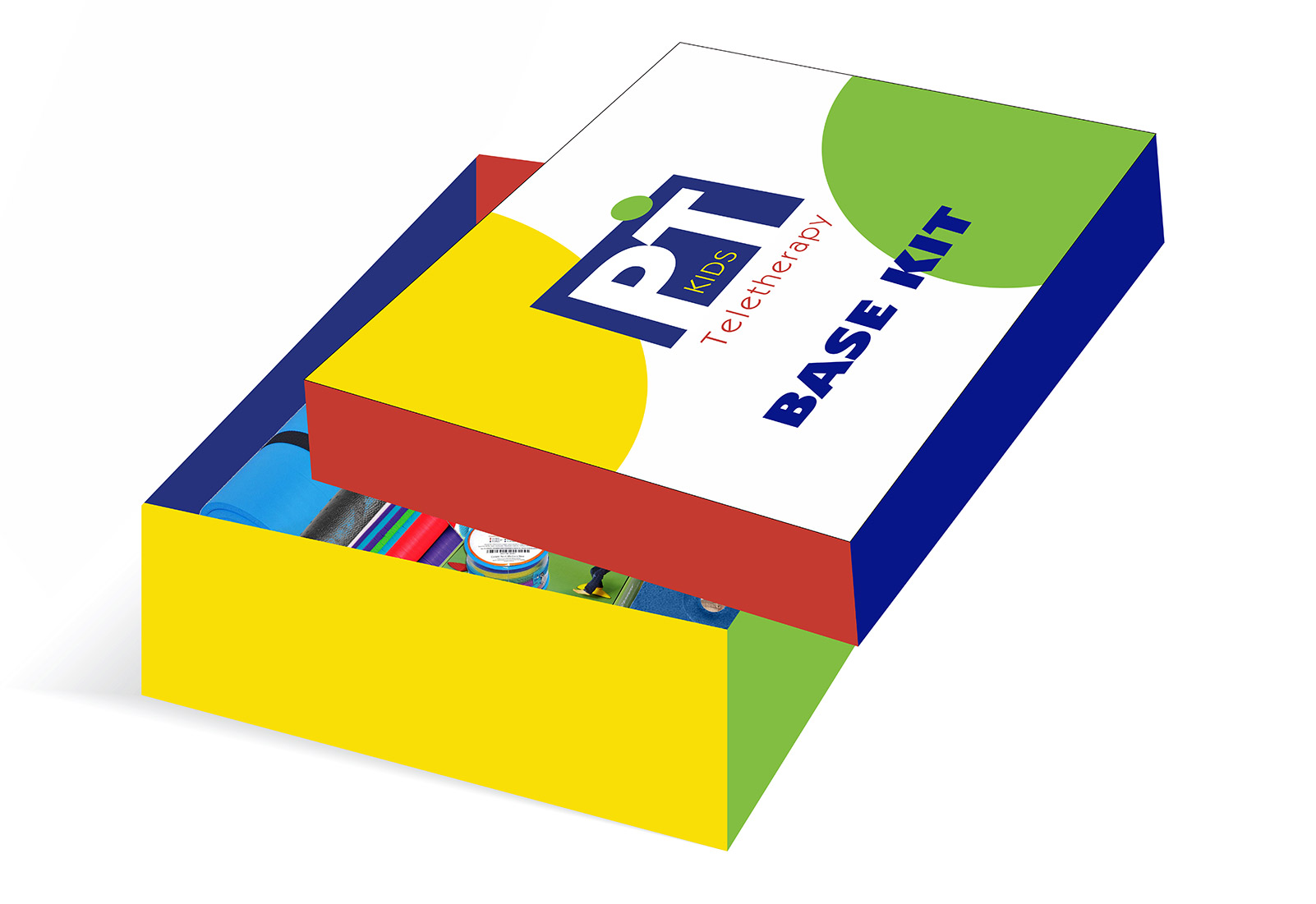
Many therapists today are doing ad-hoc approaches to provide care. Equipment typically consists of whatever household objects families have around the house. Remote sessions are conducted via insecure means, such as Google Hangouts. And parents are referred to online resources for exercises.
PTKids Teletherapy is a service aimed at providing pediatric physical therapists and parents with the resources they need to ensure that children with physical disabilities get the care they need in a virtual environment.
PTKids Teletherapy
The design for this project consists of a service and projects that helps parents care for their children’s physical therapy needs during COVID-19. PTKids Teletherapy includes three parts.
Physical Therapy Kit
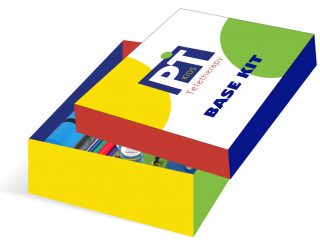
- Physical therapy kit contains objects typically used by physical therapists, such as a therapy ball, peanut ball, tactile footprints, spot markers, bucket bridge, tape, and a stretch strap.
- Objects are determined by physical therapist for their practice.
- Kit is covered by insurance and shipped to a patient’s home.
- Physical therapist calls out items in kit and illustrates how to use them.
- Physical therapist also provides examples and guides for parents to conduct exercises with their children in between appointments.
Secure Remote Sessions
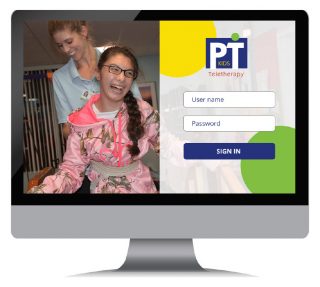
- Desktop application allows physical therapist to conduct remote sessions in a secure environment.
- Families can sign in either via the desktop or mobile app, depending on their level of Internet access.
- Physical therapist walks child through exercises and behaviors.
- Physical therapists can add patients, create plans, make appointments, and add instruction cards and video examples.
Parent/Child Exercises

- Parents can become more involved in their child’s care by reading up on techniques and viewing videos.
- Physical therapist can set up assignments for the parent and child to do at home in between appointments.
- Assignments consist of a piece of equipment and an instruction card or video.
- Parents pull out items from the kit and show the child the example.
The Problem
Due to the shutdown, many medical providers are moving to telemedicine to provide services. Unfortunately, physical therapy is not so simple. These services often include orthotics and prosthetics, manual manipulation through massage and stretching, and specialized equipment–in addition to exercises–and can’t be done by just anyone.
In the normal world, finding outpatient physical therapy providers that specialize in children is a challenge. Everywhere you look, you’ll see signs for physical therapy, but the vast majority focus on services for adults. Analysis further shows that most revolve around children with autism, not children with actual physical disabilities that require long-term care.
To make matters more difficult, a study of several metropolitan cities shows that only a small number of outpatient providers are available. Of those, only half have evening appointments, and only ten percent have Saturday hours.
In today’s world, we must think bigger and smarter. This includes finding ways to expand physical therapy offerings via telemedicine–not as a hack, but as a viable alternative to in-person therapy. This can serve not only as a stop-gap measure, but also as a long-term solution for the thousands of families who live and work in places that do not have easy access to these services.
Research
Research was conducted to learn about the challenges that practitioners face when offering physical therapy using telemedicine. Several Physical Therapists were interviewed. The following questions were asked:
- How do you think working remotely has gone?
- What do you feel is the most challenging part?
- What are you doing differently than normal?
- How is physical therapy in the educational setting different from what you would do in a clinic?
- What tools are you using?
- How can we as parents help? Are there any tools, virtual coaches, websites that you would recommend?
- How can we help with exercises?
The design observed Physical Therapy sessions to learn about these services.
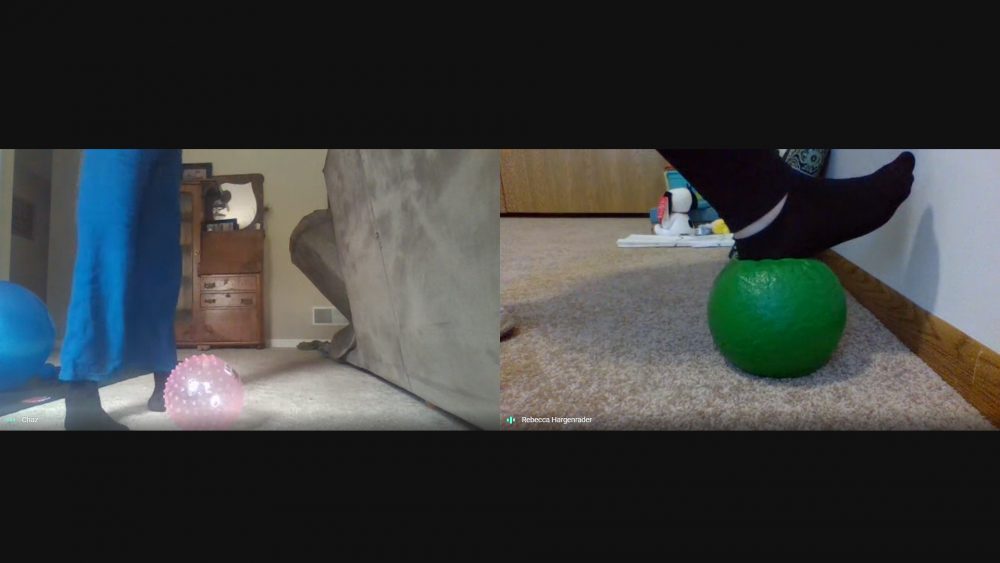
Personas & Experience Maps

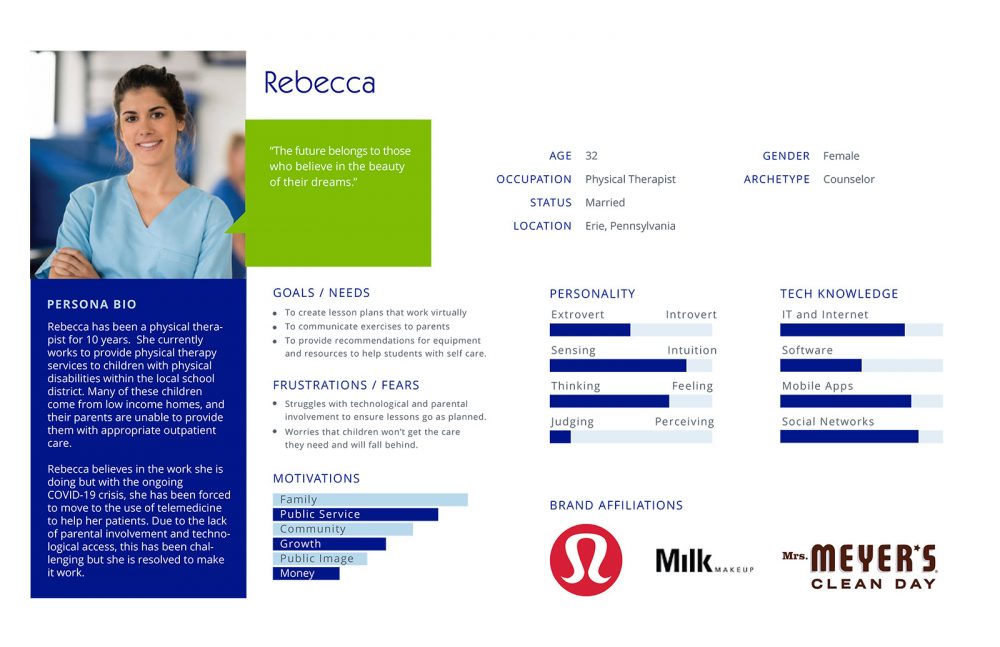
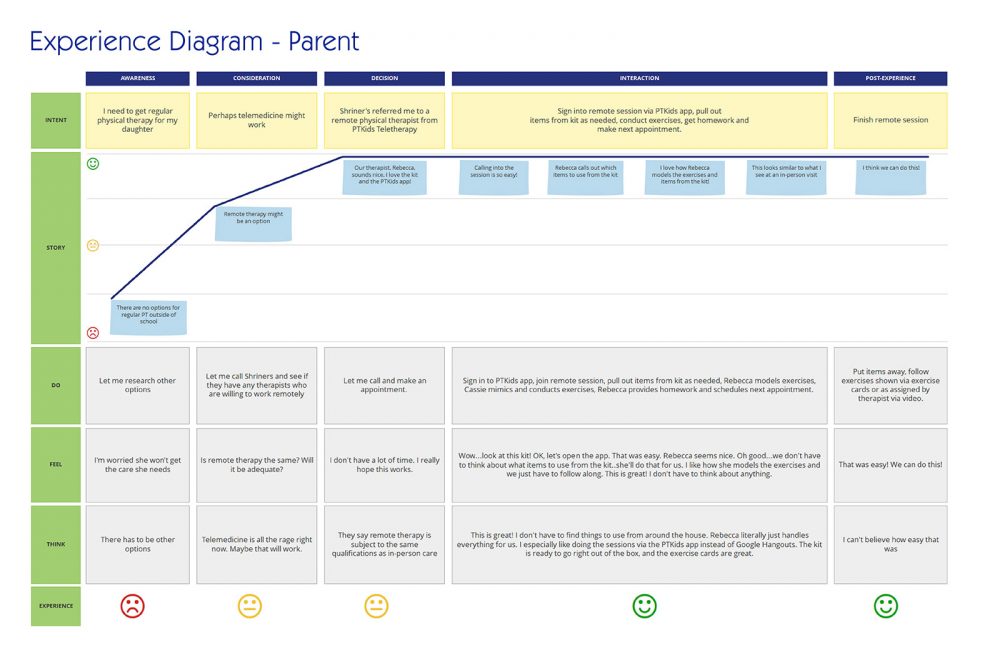
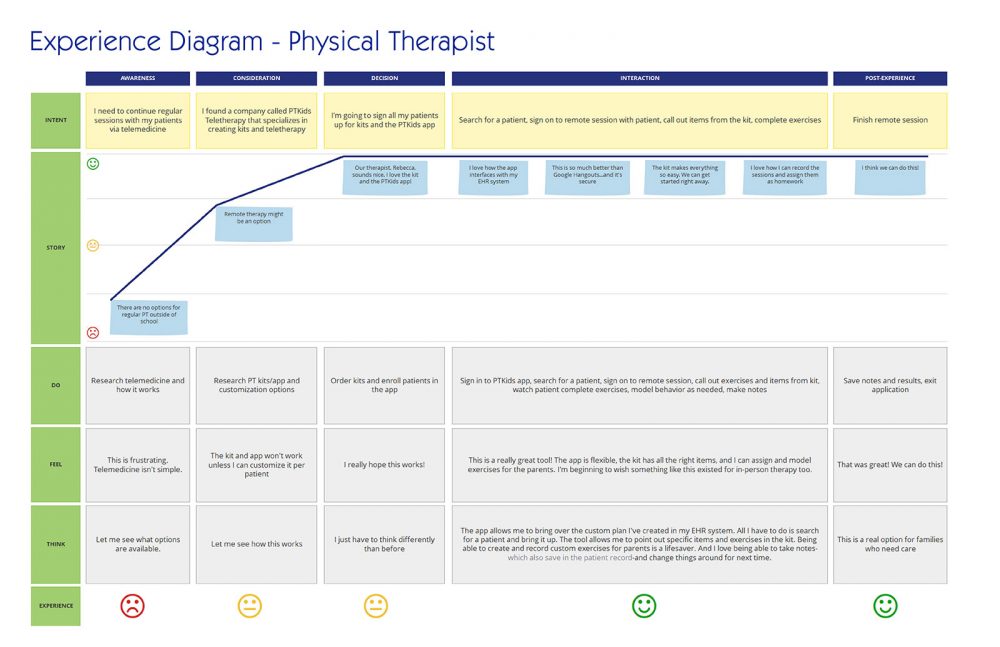
PTKids Teletherapy
A kit was designed with brightly-labeled tools for kids and their guardians to use during a Physical Therapy session.
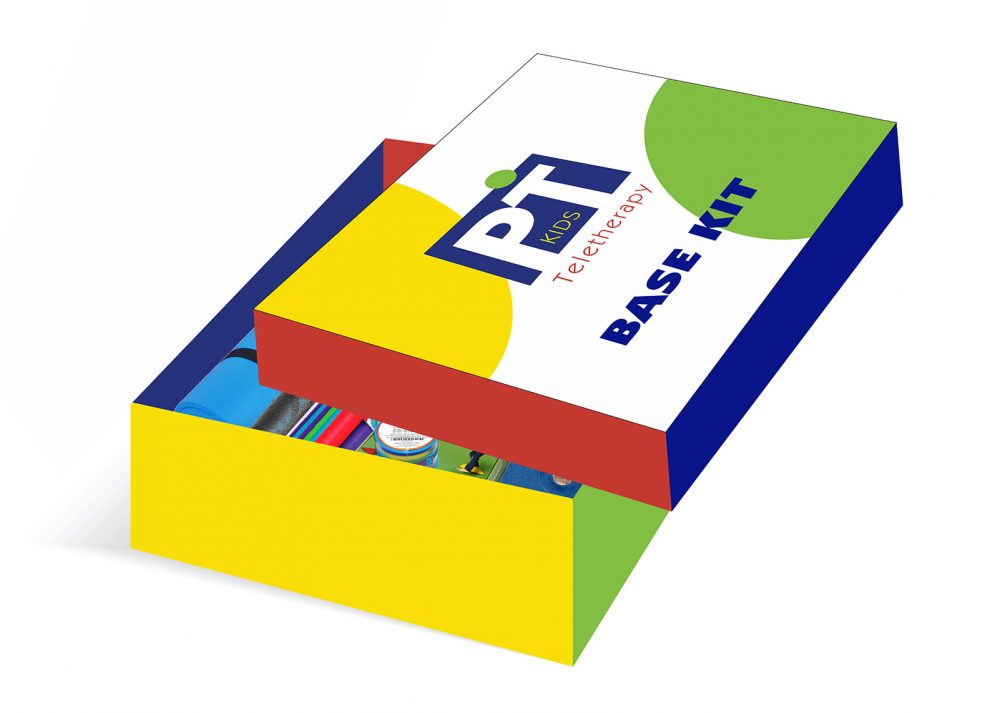

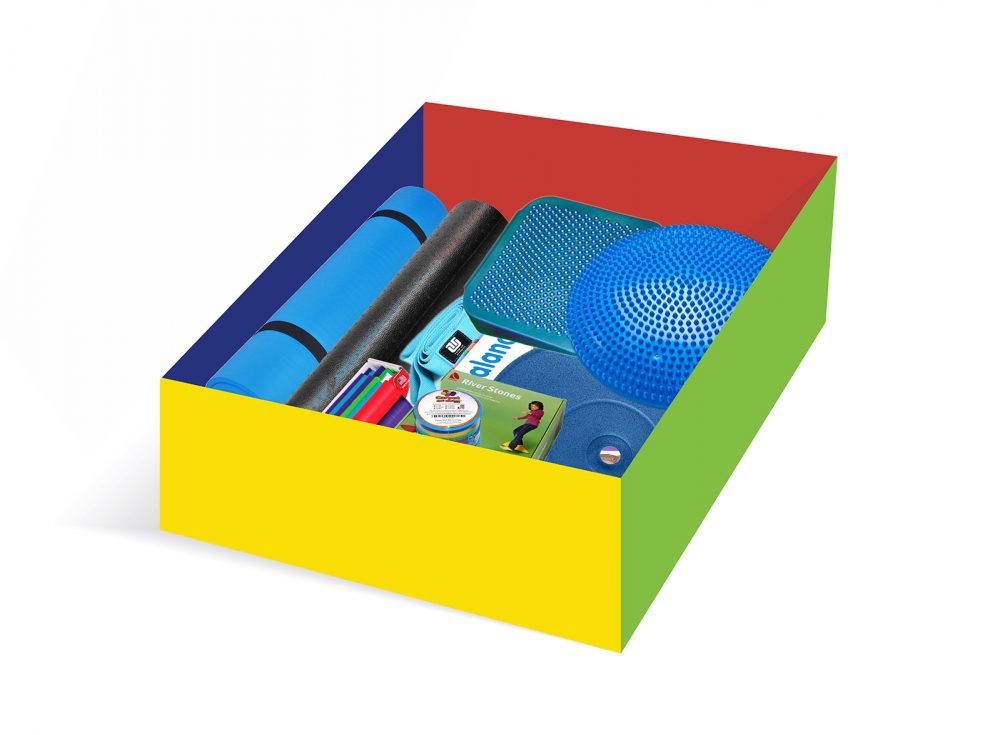
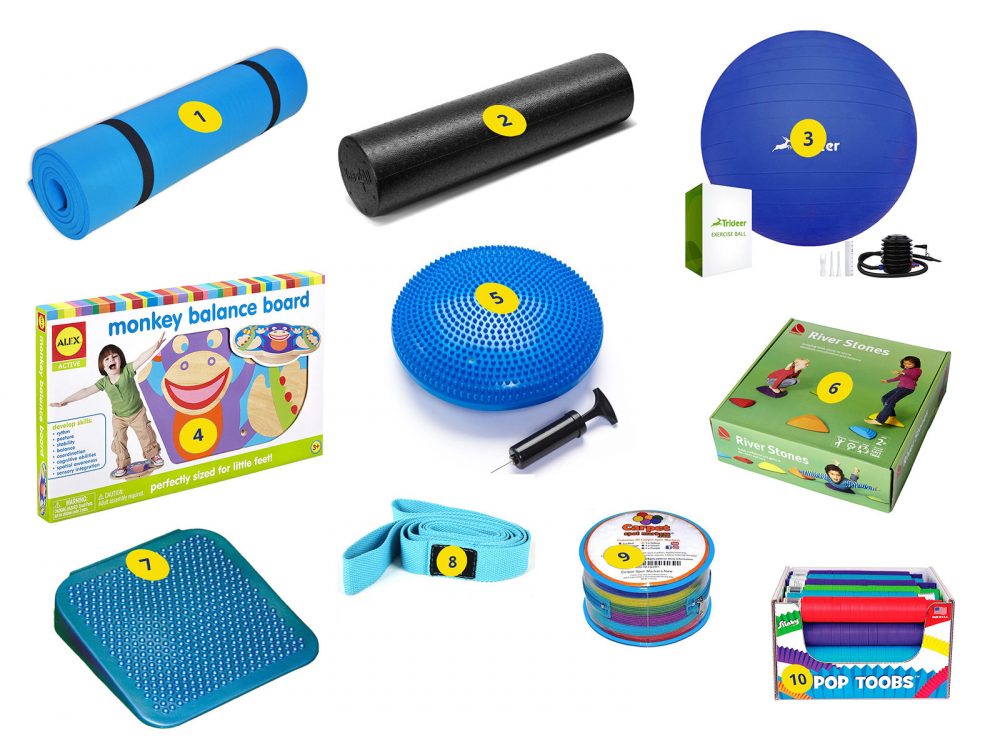
Storyboard and Process Flow
